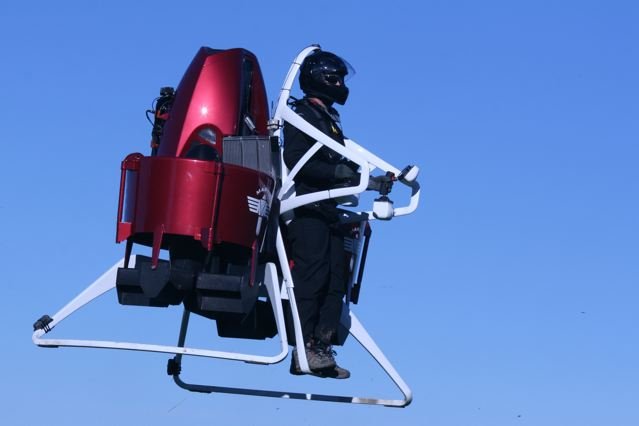


George of the Jungle would be jealous of this drone. Unlike that hapless hero, this drone can expertly avoid all manner of obstacles, including trees, while in motion.
Andrew Barry, a researcher at MIT’s Computer Science and Artificial Intelligence Lab (CSAIL), designed the drone as part of his PhD thesis.
The drone can recognize and avoid obstacles at speeds of 30 miles per hour, without any human direction.
“Everyone is building drones these days, but nobody knows how to get them to stop running into things,” Barry said. “Sensors like LIDAR are too heavy to put on small aircraft, and creating maps of the environment in advance isn’t practical. If we want drones that can fly quickly and navigate in the real world, we need better, faster algorithms.”
The drone only cost $1,700 to build, using easily sourced components. A camera on each wing allows the drone to “see” in stereo, and two computer processors on board helps process the information. The drone creates a map of the world 32 feet (10 meters) in front of it, identifying obstacles, and mapping a path around them. The drone doesn’t require preloaded maps, and can be flown in many environments. The researchers hope that eventually it can even be flown in areas with dense obstacles, like a thickly wooded forest.
This type of system is still experimental, but it could be the next step in making drones safer and more maneuverable. Google is hoping to have delivery drones in the air by 2017, and technology like this could help delivery drones become a normal part of society. If you want to look at the software for yourself, it is available online.






















